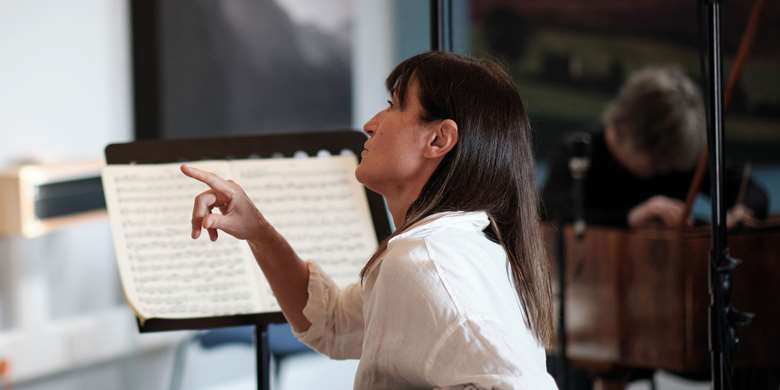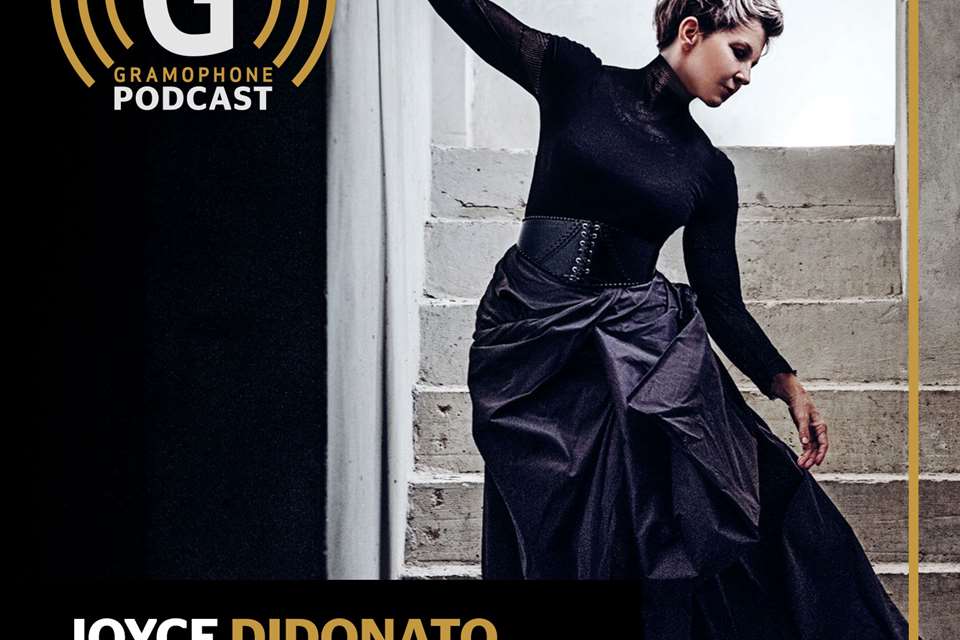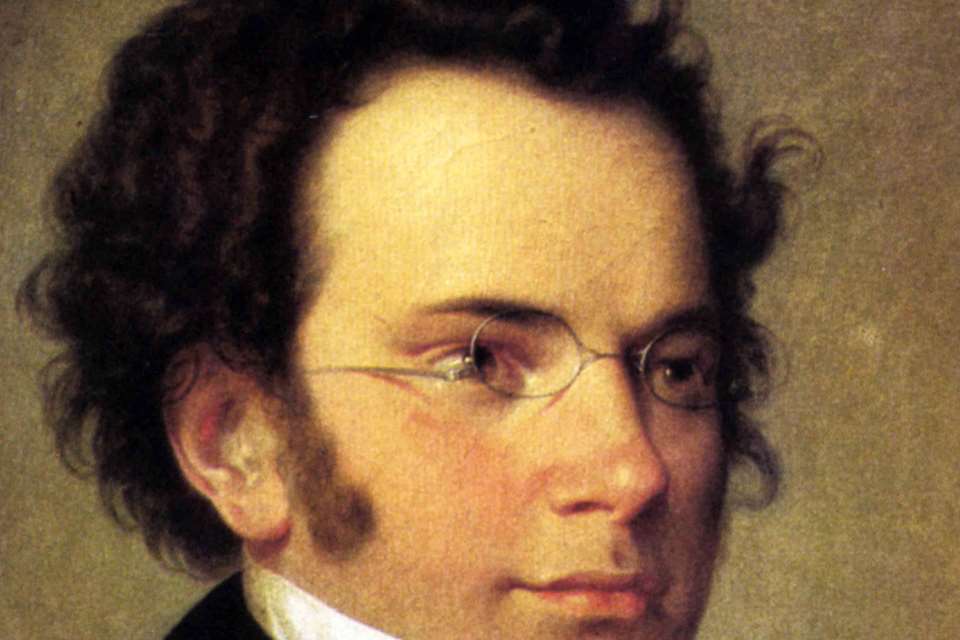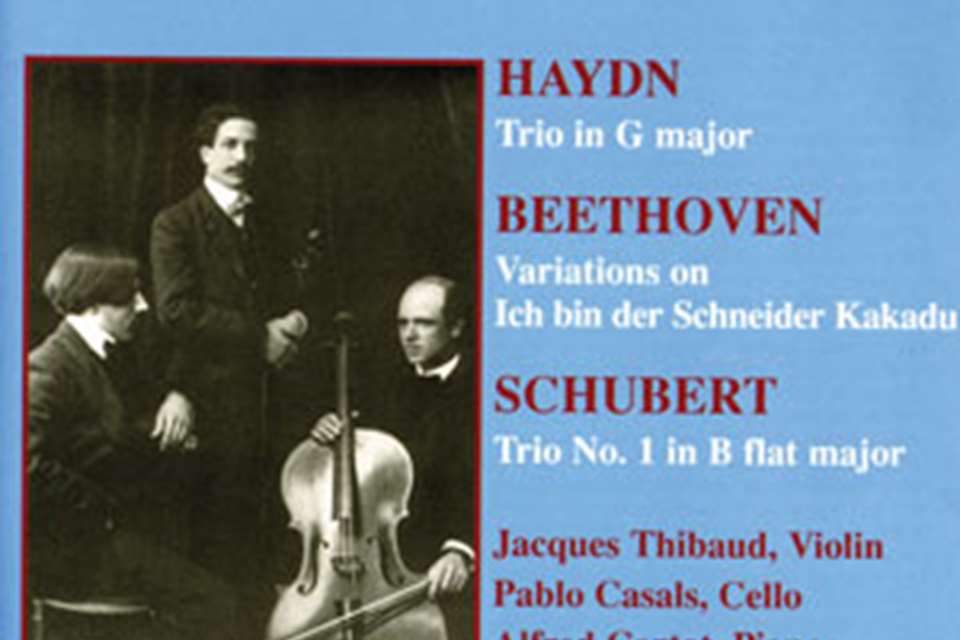Viktoria Mullova explores Schubert’s C major Fantasie, D934
Richard Bratby
Tuesday, May 24, 2022
Viktoria Mullova talks to Richard Bratby about her gut-string approach to this magical work

Register now to continue reading
Thanks for exploring the Gramophone website. Sign up for a free account today to enjoy the following benefits:
- Free access to 3 subscriber-only articles per month
- Unlimited access to our news, podcasts and awards pages
- Free weekly email newsletter











